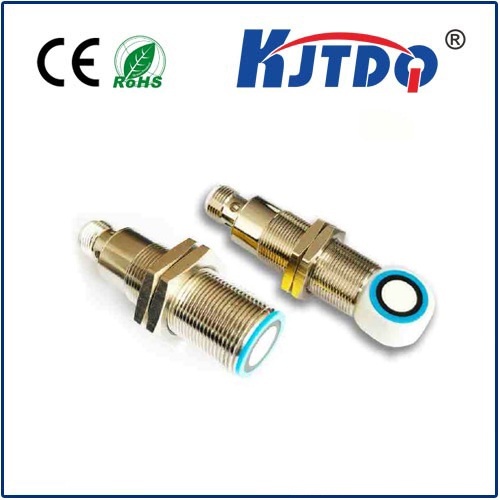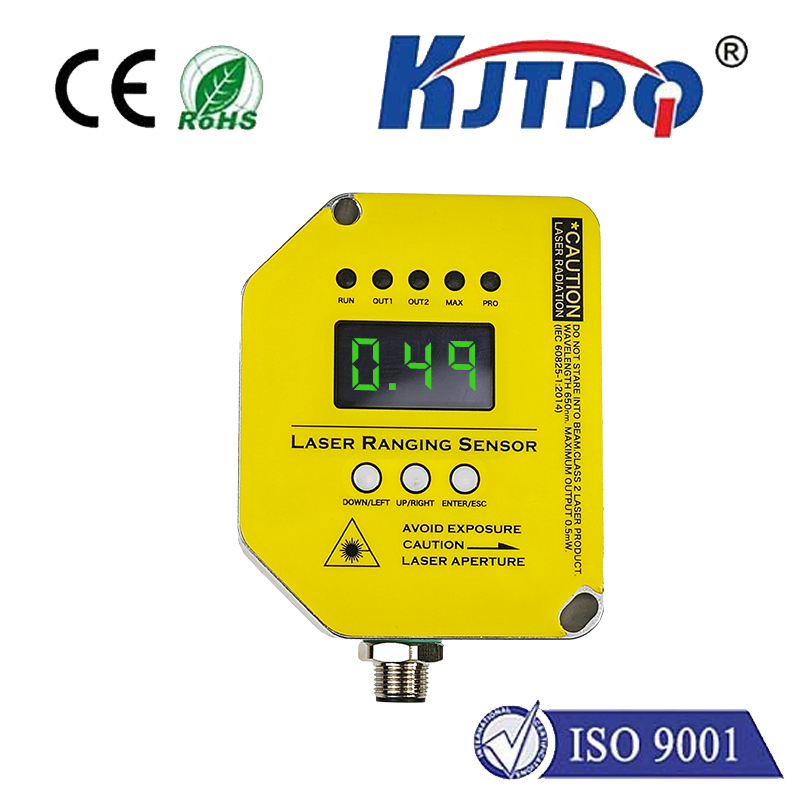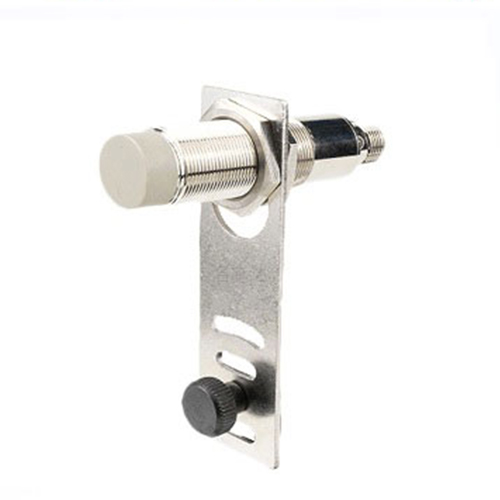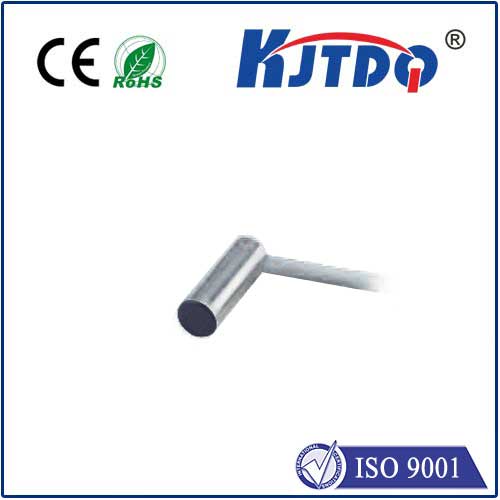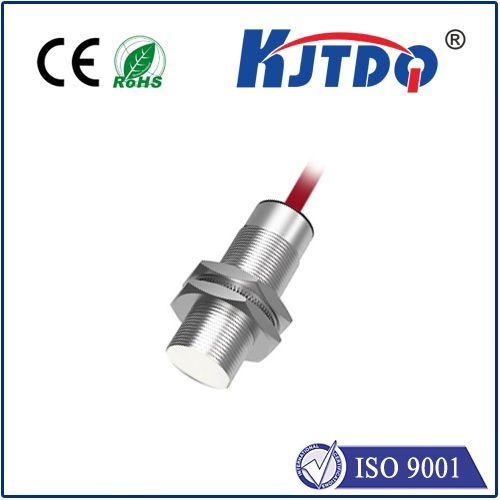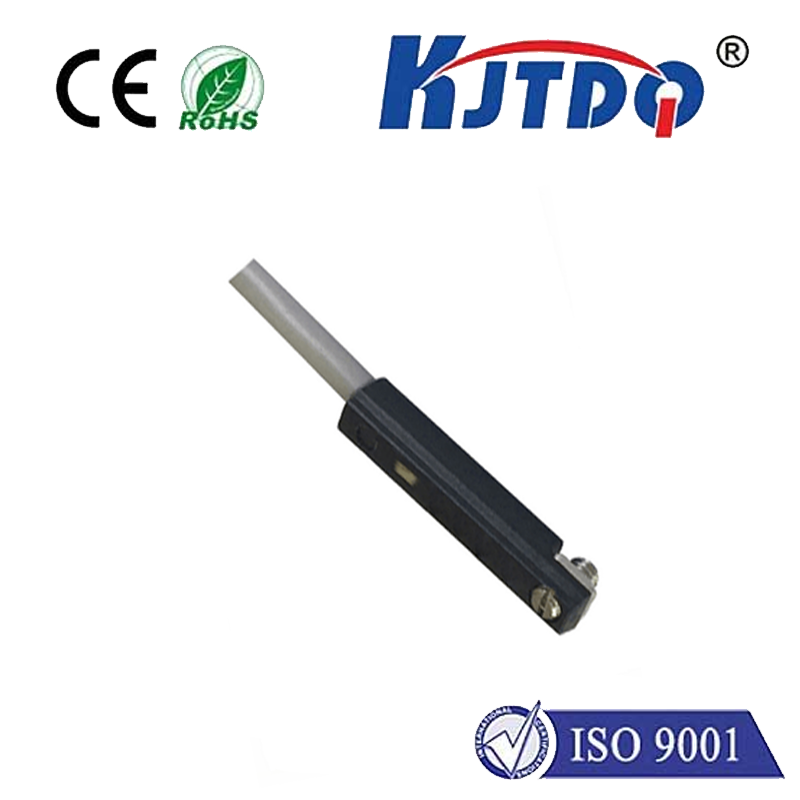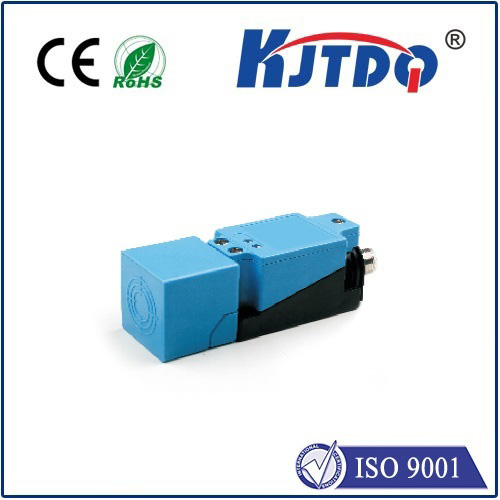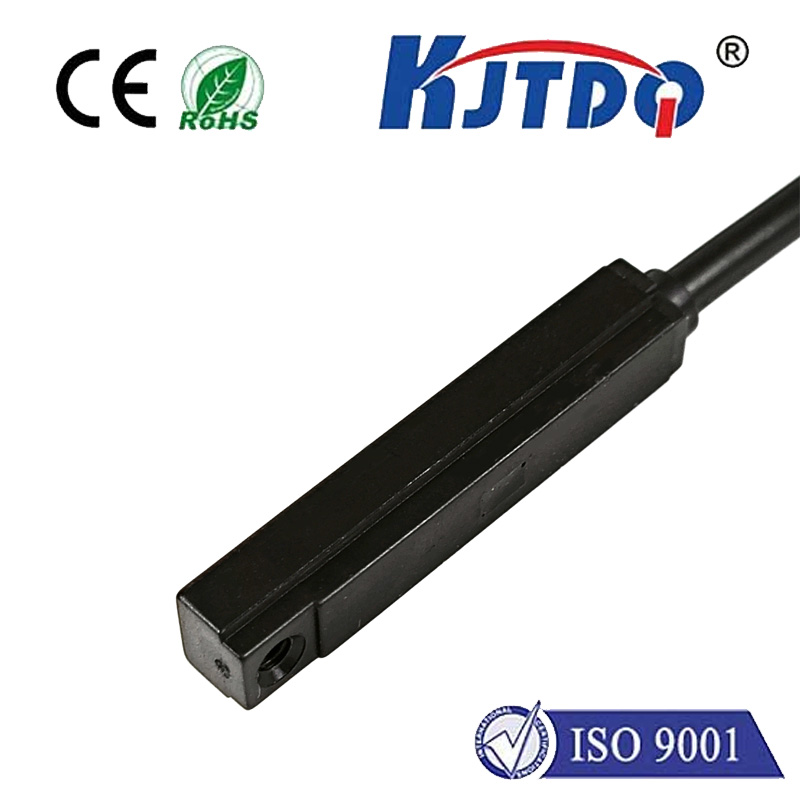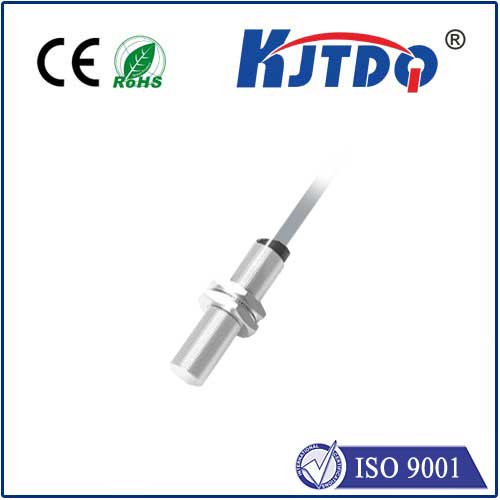m8 5v dc proximity sensor
- time:2025-09-08 01:04:34
- Нажмите:0
M8 5V DC Proximity Sensors: Compact Powerhouses for Precision Detection
In the intricate dance of modern automation, where machines collaborate with split-second precision, unseen heroes work tirelessly to ensure everything runs smoothly. Among these unsung champions are proximity sensors – and the M8 5V DC variant stands out as a remarkably versatile and widely adopted solution. Offering a potent blend of compact size, low power requirements, and reliable performance, these sensors are fundamental components in countless applications, from intricate robotics to robust manufacturing lines. Understanding what makes the M8 5V DC proximity sensor so valuable is key to unlocking smarter, more efficient designs.
What exactly is an M8 5V DC Proximity Sensor? Let’s break it down:
- M8: This refers to the sensor’s threaded cylindrical housing diameter, specifically 8 millimeters. This standardized size makes it ideal for installations where space is highly constrained.
- 5V DC: This indicates the sensor’s operating voltage. It runs on 5 Volts Direct Current, a common low-voltage power supply readily available in many electronic circuits, microcontrollers (like Arduino or Raspberry Pi), and low-power control systems.
- Proximity Sensor: This is the core functionality. It detects the presence or absence of an object without making physical contact. It achieves this through various technologies, primarily inductive (for metals) or capacitive (for various materials, including liquids, powders, and non-metals).
Why Choose 5V DC Operation?
The 5V DC specification brings several significant advantages:
- Compatibility: Seamlessly integrates with a vast ecosystem of readily available low-voltage logic controllers, microcontrollers, and embedded systems. This is crucial for hobbyists, makers, and modern automation platforms.
- Low Power Consumption: Operating at 5V inherently draws less current compared to higher voltage sensors (like 12V or 24V DC). This translates to lower energy costs and reduced strain on power supplies, especially critical in battery-operated devices or systems with numerous sensors.
- Safety: The low voltage significantly minimizes electrical shock hazards, making them safer to handle and install, particularly in environments where higher voltages might pose risks or require stricter regulations.
- Simplified Wiring: Often only requires a simple two-wire (sometimes three-wire) connection – power (5V DC) and ground (0V), plus the output signal wire for three-wire types. This simplifies installation and troubleshooting.
The M8 Form Factor: Small but Mighty

The M8 threaded body is a major selling point. Its compact dimensions allow it to be installed in locations where larger sensors simply wouldn’t fit. Think tight spaces within robotic arms, densely packed circuit boards, miniature assembly mechanisms, or applications demanding a low profile. Despite its small size, M8 sensors are remarkably robust. They are typically engineered with stainless steel or nickel-plated brass housings, offering excellent resistance to vibration, impacts, and corrosive industrial environments. Many boast impressive IP67 or IP68 ratings, meaning they are highly resistant to dust ingress and capable of withstanding immersion in water, making them suitable for washdown areas or outdoor applications.
Core Technology: Sensing Without Touch
M8 5V DC proximity sensors primarily utilize two non-contact sensing technologies:
- Inductive Proximity Sensors (Most Common for M8):
- Detect ferrous and non-ferrous metallic objects (e.g., steel, aluminum, brass).
- Generate an oscillating electromagnetic field from the sensing face.
- When a metal target enters this field, it induces eddy currents, causing a detectable change in the oscillator’s amplitude.
- This change triggers the sensor’s solid-state output switch (NPN or PNP transistor) to change state.
- Key Benefit: Unaffected by non-metallic objects, dust, dirt, or moisture between the sensor and target. Highly reliable for industrial metal detection.
- Capacitive Proximity Sensors:
- Detect a much wider range of materials: metals, plastics, glass, wood, paper, liquids, and granules.
- Work based on changes in capacitance. The sensor face acts as one plate of a capacitor; the target (or the background) acts as the other plate.
- As a target approaches, the capacitance changes and triggers the output when the threshold is reached.
- Key Benefit: Versatility in detecting non-metallic materials. Ideal for level detection (liquids, powders), presence detection of plastic parts, or seeing through non-metallic containers.
Output Configurations:
M8 5V DC sensors typically come with three-wire connection schemes:
- NPN (Sinking Output): The output transistor connects the load (like a PLC input) to ground (0V) when active. Common in European/Asian designs.
- PNP (Sourcing Output): The output transistor connects the load to the positive supply voltage (5V) when active. Common in North American designs.
- NO (Normally Open) vs NC (Normally Closed): Indicates the default state of the output switch when no target is present. NO closes (conducts) when detecting; NC opens (stops conducting) when detecting. Choosing the right output type (NPN/PNP and NO/NC) is critical for compatibility with your controller.
Key Benefits Driving Adoption
- Compact Size: The M8 body solves space limitations without compromising detection range (typically 1-2mm for inductive types).
- Low Voltage & Power: 5V DC operation ensures easy integration with modern electronics and minimizes energy consumption.
- Contactless Detection: Provides wear-free operation, eliminating mechanical failure points associated with limit switches. This leads to significantly longer service life and reduced maintenance.
- High Reliability: Solid-state design, sealed housings (IP67/IP68), and immunity to environmental contaminants make them exceptionally dependable.
- Speed: Capable of detecting objects at high frequencies, suitable for fast-moving machinery.
- Многогранность: Available in inductive (metal detection) and capacitive (diverse material detection) variants.
Where Do You Find M8 5V DC Proximity Sensors? Their applications are vast:
- Factory Automation: Detecting parts on conveyors, verifying component presence in assemblies, monitoring robot end effector position, confirming cylinder position.
- Packaging Machinery: Verifying filled bottle/carton positions, detecting film breaks, controlling filling levels (capacitive).
- Robotics: End-of-arm tooling feedback, collision avoidance, precise positioning within joints.
- Consumer Electronics Assembly: Verifying tiny component placement on PCBs.
- 3D Printing: Bed leveling detection (inductive for metal beds, capacitive for glass/others), end-stop detection.
- DIY Projects & Arduino/Raspberry Pi: Popular for maker projects involving object detection, counting, or positioning due to their easy 5V compatibility.
- Liquid Level Control: Capacitive sensors detecting fluid levels through tank walls.
- Security Systems: Detecting door/window position.
Integration Considerations:
- Sensing Range: Be aware of the rated operating distance (Sn) for your specific sensor and material (especially for capacitive).
- Output Type: Ensure compatibility (NPN/PNP, NO/NC) with your control system’s input requirements.
- Mounting: Utilize the M8 thread correctly. Avoid overtightening. Ensure flush or shielded mounting if specified for optimal range.
- Electrical Protection: While robust, consider transient protection if wiring in noisy electrical environments.
- Material: Choose inductive for reliable metal detection or capacitive for non-metals/diverse targets.
The M8 5V DC proximity sensor exemplifies engineering efficiency. Its compact M8 form factor tackles spatial constraints, while its low 5V DC power requirement ensures seamless integration into modern, energy-conscious systems. Whether employing robust inductive or versatile capacitive sensing, it







